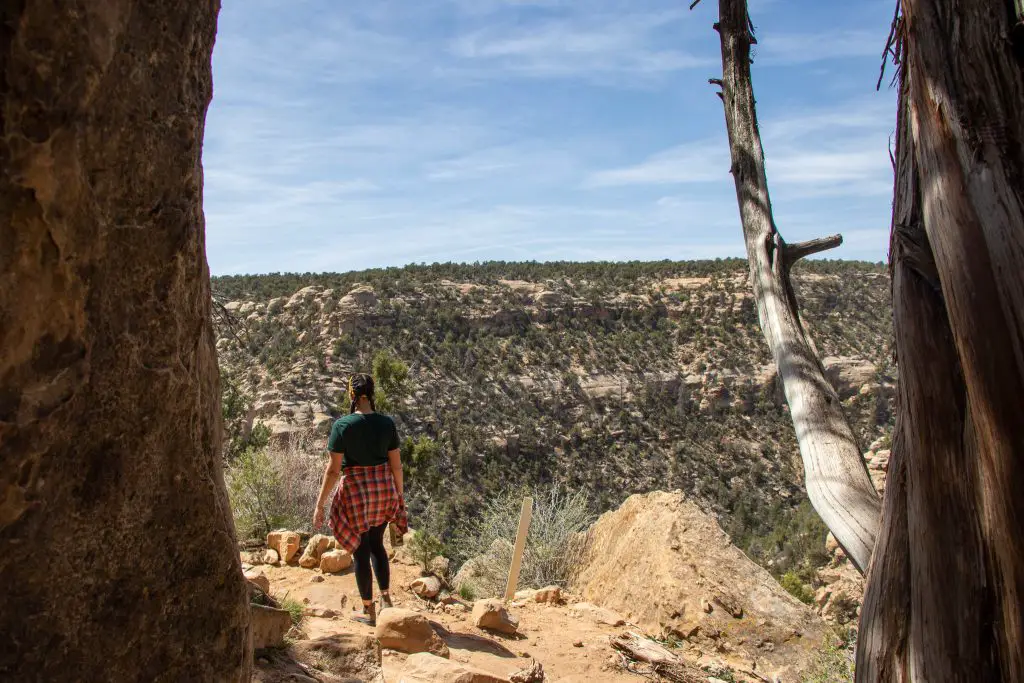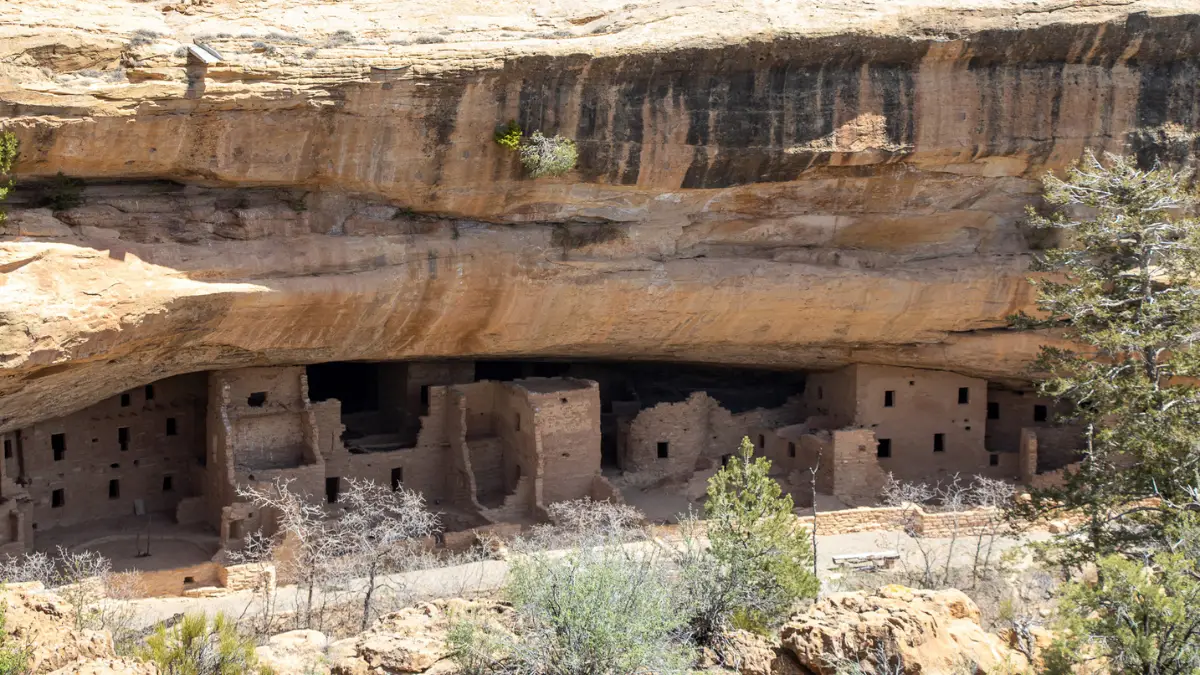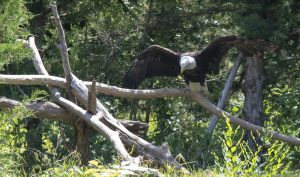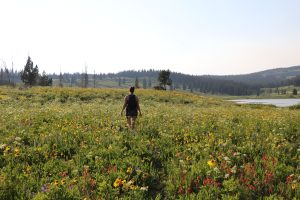Situated in the rugged landscape of Southwestern Colorado, Mesa Verde National Park stands as a legacy of the Ancestral Puebloans. This UNESCO World Heritage Site, established in 1906, encompasses over 50,000 acres of stunning terrain, but it is the incredibly well-preserved cliff dwellings that steal the spotlight.
Carved into the sandstone cliffs, the dwellings provide a fascinating glimpse into the lives of the Ancestral Puebloans who called this region home for over 700 years. Mesa Verde, Spanish for “green table,” not only serves up spectacular views. It also serves as an archaeological treasure trove, offering visitors a unique lens through which to explore the cultural and engineering legacies of the indigenous people who once thrived in this challenging environment.
Today, as visitors walk the park’s winding paths, they take a journey back in time, immersing themselves in the ancient history and lessons of the Pueblo people.

The Ancestral Pueblo People
The lifestyle of the Ancestral Pueblo people was largely dependent on their natural environment. Focused on agriculture, they cultivated corn, beans, and squash, adapting their farming techniques to the challenging terrain. However, it is their architectural talents that truly define their legacy.
The cliff dwellings, built into the natural alcoves of the canyons, stand as testament to their innovation. Multi-storied structures, such as the iconic Cliff Palace, showcase advanced engineering skills, illustrating a harmonious blend of functionality and aesthetics. Beyond construction, the Puebloans were skilled potters, weavers, and artists, with their artifacts providing a glimpse into their sophisticated culture.
For the Ancestral Puebloans, the land wasn’t merely a backdrop. Rather, it was a sacred canvas upon which their lives unfolded. The relationship between the Pueblo people and the environment was symbiotic and spiritual. Their choice of Mesa Verde for a dwelling place wasn’t arbitrary—it was a deliberate decision rooted in a deep understanding of the rhythms of nature.
The mesas provided protection, the canyons offered fertile soil, and the interconnectedness of their surroundings shaped their cultural practices. Rituals and ceremonies were intertwined with celestial events and agricultural cycles, forging an unbreakable bond between the Puebloans and the land they considered sacred. Today, as we explore Mesa Verde, we embark on a journey not only through archaeological remnants but also through the echoes of a people whose existence was profoundly intertwined with the natural world.
Cliff Dwellings at Mesa Verda
The cliff dwellings of Mesa Verde stand as awe-inspiring testaments to the creativity of the Ancestral Puebloans. Their choice to build within the cliffs was not only practical, but also held profound cultural and spiritual significance for the Pueblo people.
The dwellings were not isolated structures but integral parts of a larger community, reflecting a communal lifestyle that still echoes through the empty chambers of these ancient structures. Needless to say, the interconnectedness of these dwellings mirrors the interconnectedness of the Pueblo people with both each other and their environment.
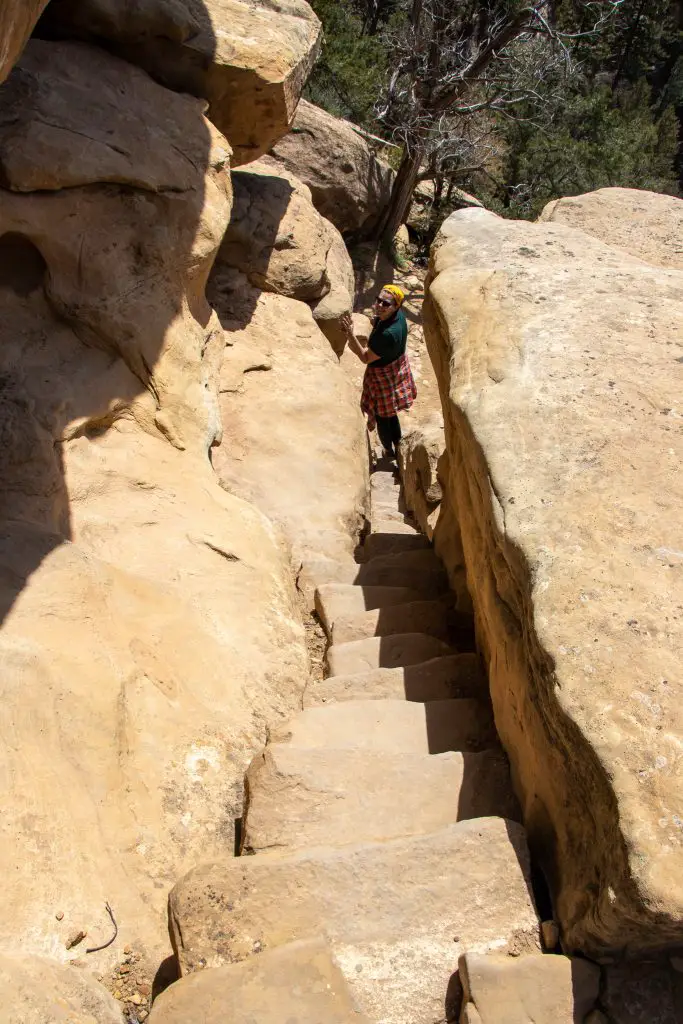
Masters of Engineering and Construction
Exploring the cliff dwellings at Mesa Verde unveils a mastery of engineering and construction that remains unparalleled. The Puebloans transformed sheer cliff faces into multi-story residences, using locally sourced materials with precision. The natural masonry, composed of bricks and mortar made from the earth, reveals an understanding of load-bearing principles that ensured the stability of these structures over centuries. To many’s surprise, the dwellings also include features such as ventilation systems and defensible entryways, demonstrating not only a practical response to the environment but a strategic one in the face of potential threats.
The engineering feats of the Pueblo people at Mesa Verde extend beyond the mere creation of dwellings. The positioning of these structures take advantage of natural formations and solar alignments, demonstrating their intimate knowledge of celestial patterns. This knowledge likely played a role in agricultural planning and religious ceremonies, underscoring the holistic approach the Ancestral Puebloans had toward their surroundings.
In essence, the cliff dwellings at Mesa Verde offer a masterclass in sustainable architecture, showcasing an ancient society’s ability to adapt and thrive in a challenging environment. As we marvel at these structures today, we glean not just a glimpse into the past but also valuable lessons in resourcefulness, communal living, and a harmonious relationship with the natural world—a legacy that resonates through the ages.
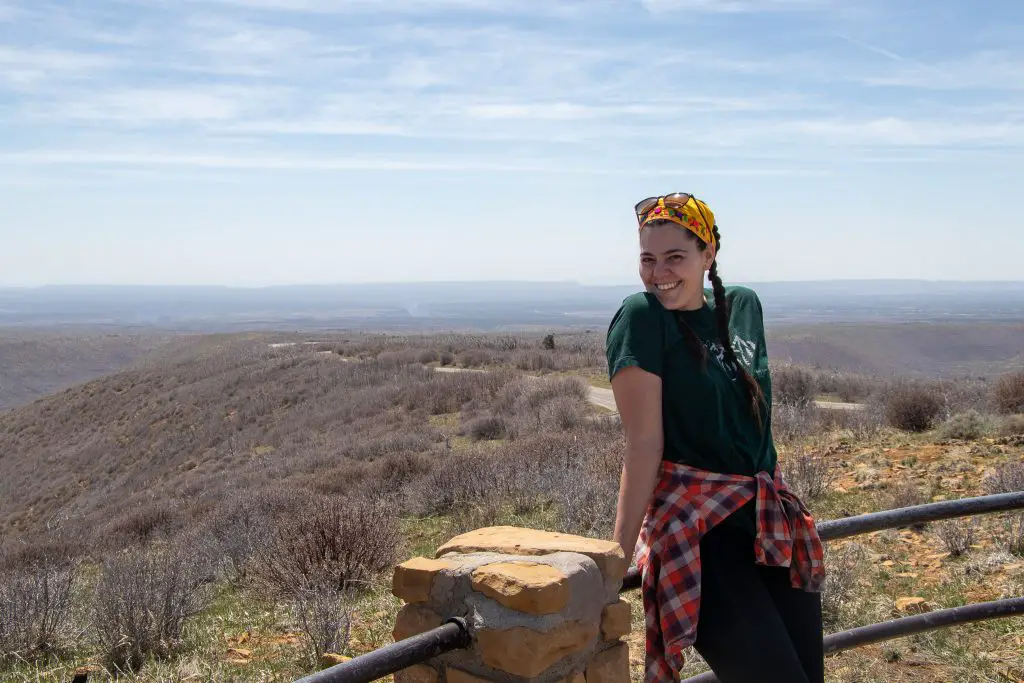
Preservation Efforts at Mesa Verde National Park
Mesa Verde faces an array of preservation challenges that stem from both natural and human factors. Erosion, weathering, and the sheer passage of time threaten the structural integrity of the ancient cliff dwellings. The delicate balance between allowing public access and safeguarding the archaeological sites poses a constant challenge. The impact of visitors, even with the best intentions, can accelerate wear and tear. Additionally, the vulnerability of artifacts to theft or vandalism emphasizes the need for vigilant protection measures.
Further, climate change introduces another layer of complexity. Shifts in temperature and precipitation patterns can exacerbate erosion and impact the stability of the structures. All that said, striking a balance between conservation efforts and the park’s accessibility requires careful consideration.
Still, preserving the cultural heritage embedded in Mesa Verde is an investment in the future. The lessons encoded in the stones and stories of Mesa Verde are invaluable, offering insights into the resilience, adaptability, and creativity of the Ancient Puebloans.
Cultural heritage serves as a bridge between generations, fostering a sense of identity and continuity. It provides a tangible connection to the roots of communities, offering a foundation upon which contemporary societies can build understanding, tolerance, and respect for diverse histories. In this way, Mesa Verde is a living classroom, teaching us about sustainable living practices, architectural innovation, and the delicate dance between humans and the environment. As we face modern challenges related to climate change and sustainable living, the wisdom of the Pueblo people becomes increasingly relevant.
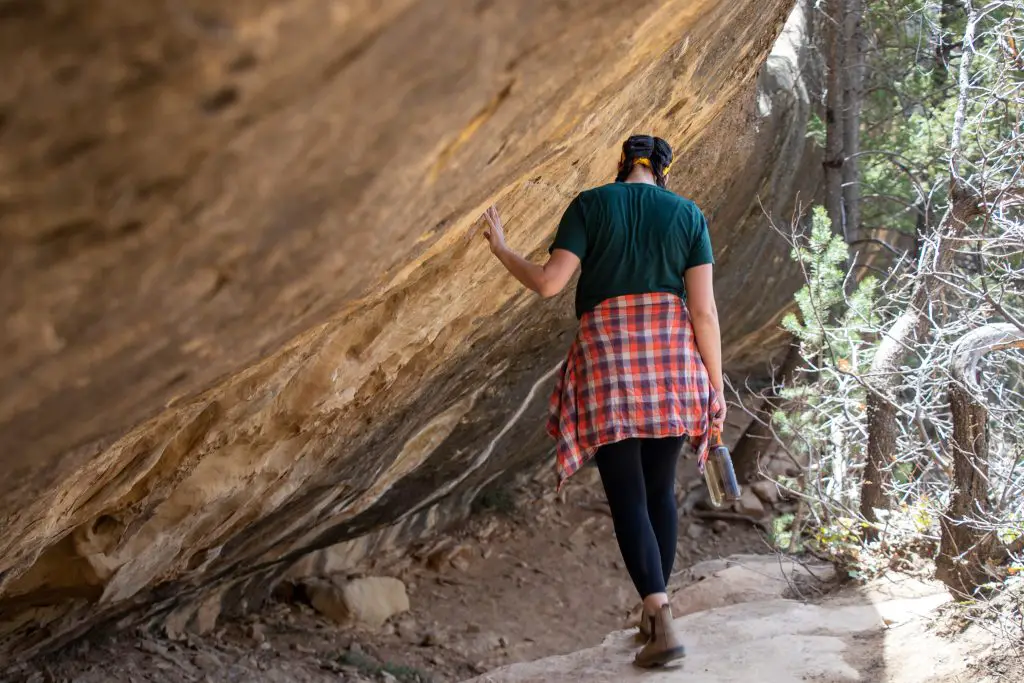
Preservation for who?
Importantly, however, experts urge us to ask the question of “preservation for who?” Preserving cultural sites can be a tricky task that requires understanding that culture’s norms and values around preservation. One of many things I learned while visiting Mesa Verde National Park relates to the ethics of preservation of national parks and monuments. This lesson was perfectly executed by the Mesa Verde Voices podcast in their episode on “The Preservation Paradox.”
Many of the Pueblo people follow the ideology that everything has a life cycle, including the structures they built in the 11th century. The stone, timber, and mortar used to construct their famous cliff dwellings came from the Earth and will eventually erode back into the Earth, completing their inevitable life cycle. When we preserve these structures for national parks and monuments, we directly contradict that ideology.
What this historical context tells us is that while preservation is an important part of our National Parks system in the United States, we should never shy away from the difficult question of “preservation for who?”
Visiting Mesa Verde National Park Today
Before visiting Mesa Verde National Park, it is crucial to arm yourself with practical information to ensure a seamless and enriching experience. The park is open year-round, but peak visitation occurs in the Summer, so planning ahead is advisable. Secure your tickets in advance, and consider joining ranger-led tours to gain deeper insights into the history and significance of the sites.
Accommodations are available in the nearby town of Cortez, and camping facilities within the park offer a more immersive experience. Be prepared for variable weather conditions, as the park’s elevation ranges from 7,000 to 8,572 feet. Comfortable hiking shoes, layered clothing, and plenty of water are essential companions for exploring this diverse landscape, regardless of the time of year.
Must-see Attraction at Mesa Verde
Among the must-see attractions is the iconic Cliff Palace, the largest and most renowned cliff dwelling, which provides a breathtaking panorama of Pueblo architecture. Then there is the the Balcony House, which offers a sense of adventure as visitors navigate through tunnels and climb ladders to explore this remarkably preserved dwelling. For a glimpse into the Ancestral Puebloans’ daily lives, the Spruce Tree House is an excellent choice, showcasing kivas, living quarters, and storage spaces.
The Mesa Verde Museum serves as an invaluable introduction to the park’s history, providing context to the archaeological sites and the culture of the Pueblo people. And, don’t miss the Petroglyph Point Trail, where you’ll encounter ancient rock carvings and panoramic views of the park’s landscapes.

Concluding thoughts on Mesa Verde National Park and Ancestral Puebloan History
The true lessons of Mesa Verde transcend the pages of history books. Encountering the cliff dwellings, standing in the shadows of structures that have weathered centuries, and witnessing the tangible connection between the Pueblo people and their environment—all these experiences breathe life into the lessons of Pueblo history.
Mesa Verde offers more than just a visual spectacle. It also provides an opportunity to absorb the spirit of a resilient community that left a lasting mark on the landscape. By walking the same paths and exploring the same dwellings, visitors become active participants in the preservation of cultural heritage. Mesa Verde invites us to not only observe history, but to engage with it, allowing the lessons of the past to shape our understanding of the present and future.
As you stand amidst the remnants of Ancestral Puebloan civilization, you envision the daily lives, the celebrations, and the challenges faced by these people. Let Mesa Verde be a classroom where history comes alive, and where the whispers of the past beckon us to learn, appreciate, and preserve the lessons from human experience. Your journey through Mesa Verde is not just a visit—it’s a profound exploration of the enduring legacy of the Pueblo people, an experience that transcends time and invites reflection on our shared human story.
